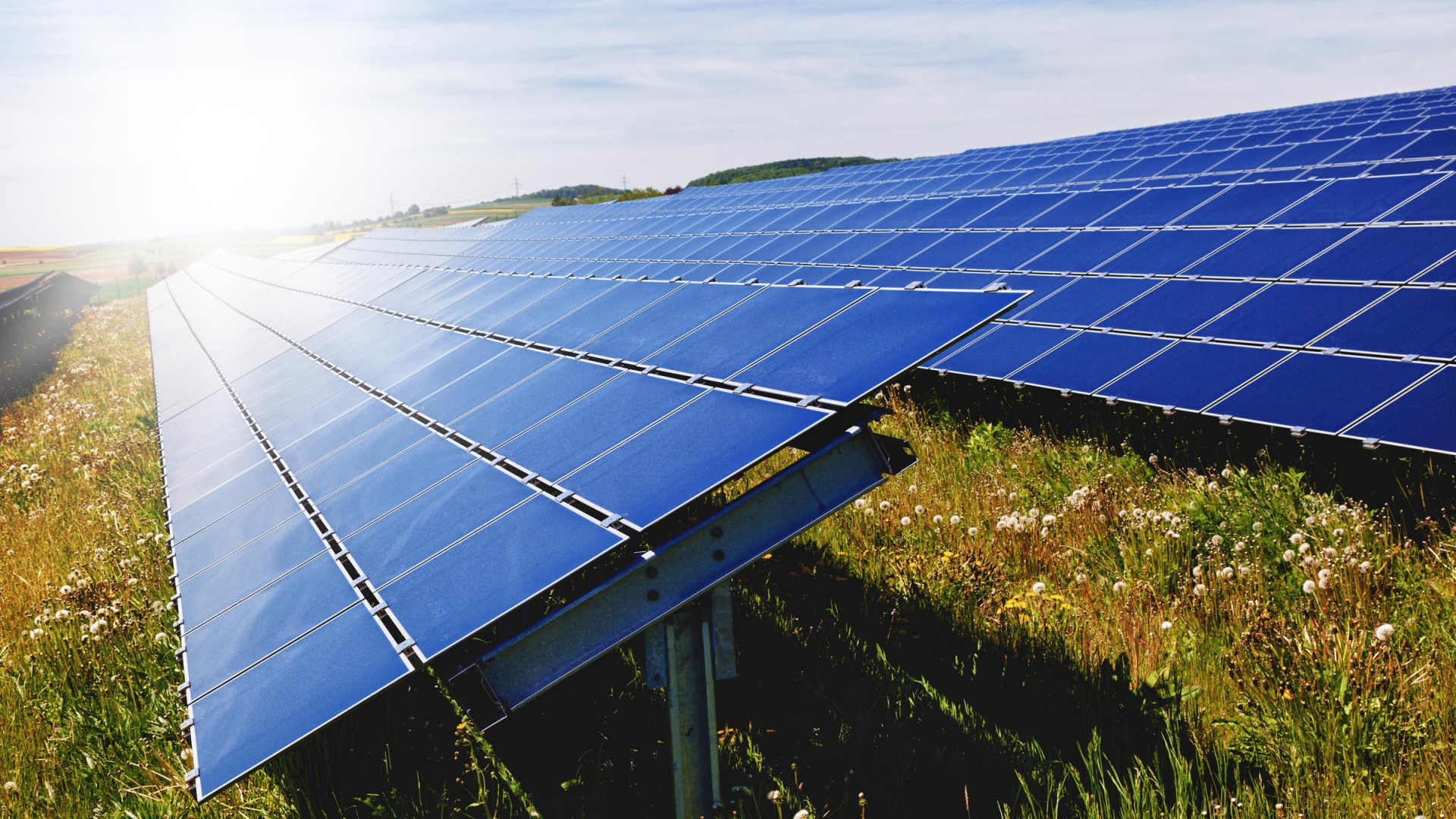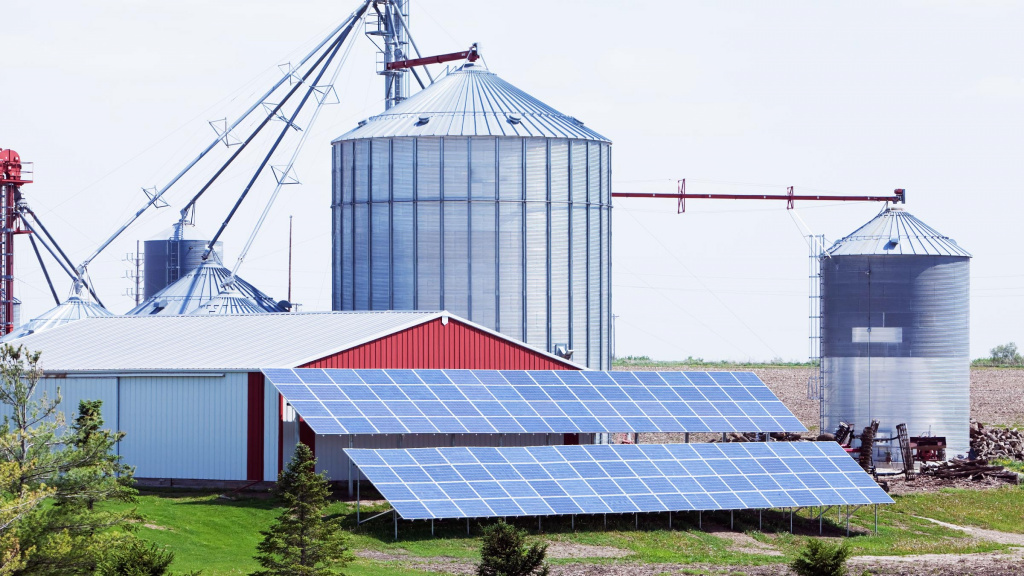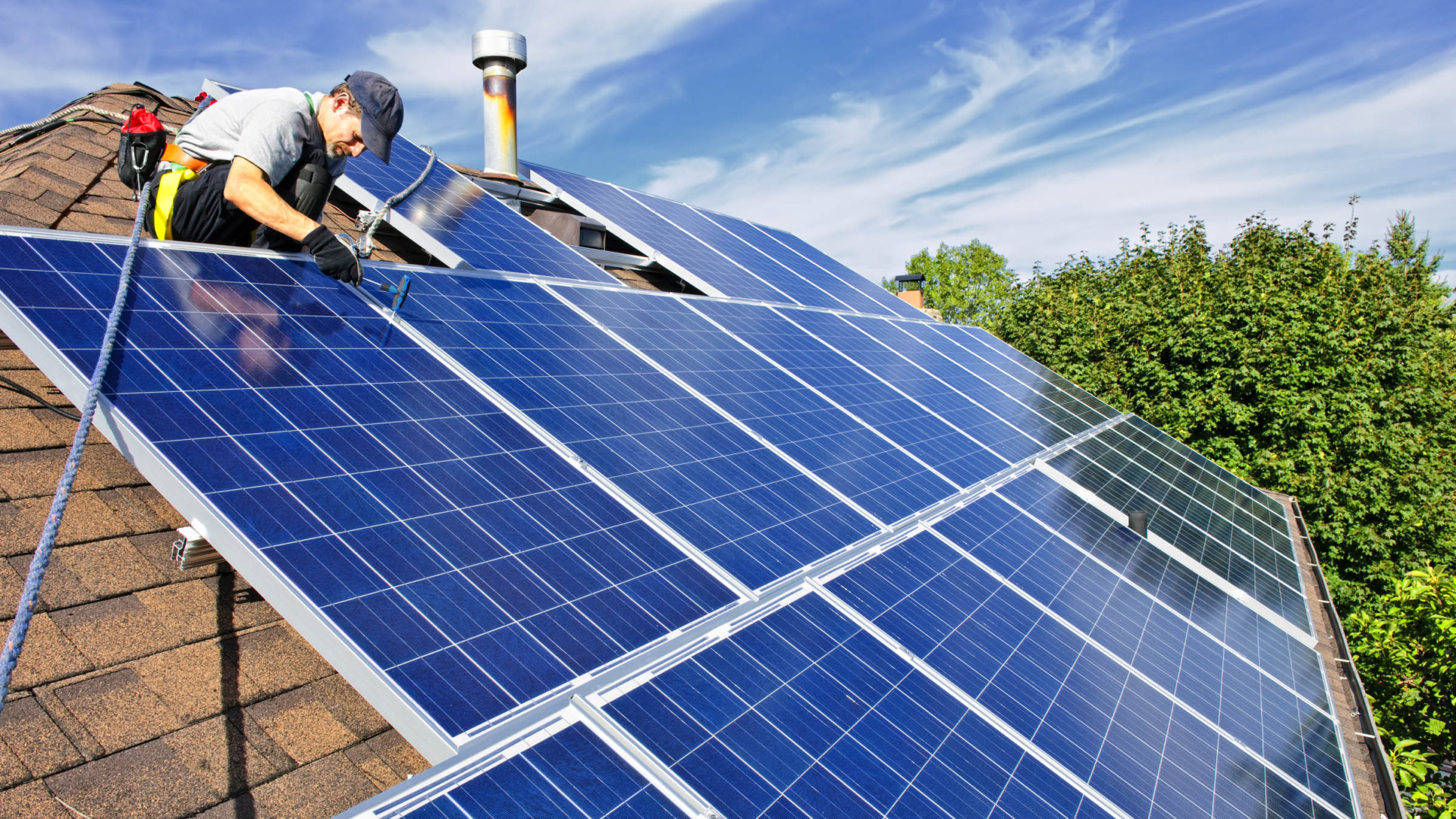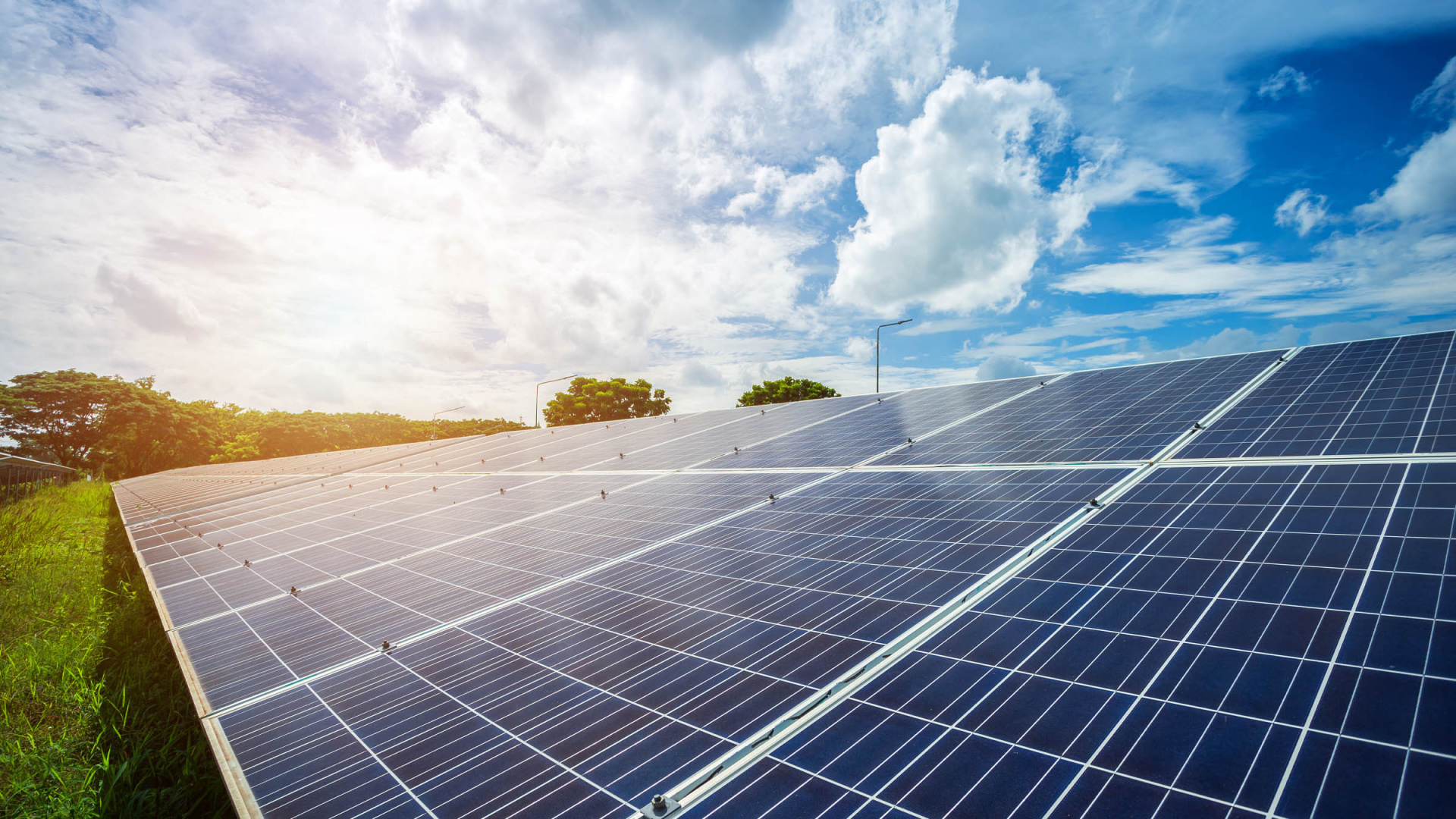Efficiency Manitoba is now offering two new programs for Manitobans who carry out extensive renovation projects that significantly reduce their energy use. Through Home Energy Retrofits and the Commercial Deep Energy Retrofit Program, homeowners and businesses can receive rebates when they plan and complete multiple energy-saving upgrades that result in substantial electricity and/or natural gas savings—often called “deep energy retrofits”
Efficiency Manitoba’s Home Energy Retrofits offers homeowners a rebate of $75 to $150 per gigajoule (GJ) saved as a result of the renovation. Businesses who participate in the Commercial Deep Energy Retrofit Program may be eligible for a rebate of up to $12,000 for energy modelling as well as an incentive of up to $6 per square foot for achieved energy savings. While there will be significant variation in projects under these programs, a typical Home Energy Retrofit project could see an incentive between approximately $10,000 and $15,000, while a typical Commercial Deep Energy Retrofit project could see an incentive of approximately $240,000 to $600,000.
“We are pleased to see Efficiency Manitoba continually launch new programs to support the diverse needs of Manitobans as they relate to energy efficiency,” said Minister of Environment, Climate and Parks and Minister responsible for Efficiency Manitoba Jeff Wharton. “The rebates and assistance provided by their deep energy retrofit programs helps make large renovation projects more affordable and accessible to Manitoba homes and businesses, while also stimulating job growth in the energy efficiency industry to provide support services for these types of projects.”
Deep energy retrofits often involve major upgrades to building envelope components of an existing home or building. These upgrades include adding insulation, undertaking detailed air sealing measures, and installing high-performance windows and doors. Many projects also involve replacing or upgrading heating, ventilation, and air conditioning (HVAC) systems, or adding renewables like solar photovoltaic panels.
Home Energy Retrofits requires participants to have an EnerGuide evaluation performed on their home by a Registered Energy Advisor, who will identify and recommend upgrades to maximize energy savings, home comfort, indoor air quality, and resilience. Completing the recommended upgrades can result in energy use reductions between 50 to 100%. Efficiency Manitoba’s rebates can also be stacked with the Canada Greener Homes Grant, Canada Mortgage and Housing Corporation’s Eco Plus program, and other sources of funding and financing to lower the upfront cost of the retrofit project.
With the support of a design professional of their choosing, businesses going through Efficiency Manitoba’s Commercial Deep Energy Retrofit Program will have their entire building’s energy use analyzed with energy modelling software. Energy efficiency enhancements would then be designed specifically for that building to reduce its overall annual energy use by a minimum of 20% upon completing the whole-building renovation.
“Offering programs and rebates for deep energy retrofits is a great way to encourage Manitobans to take a holistic approach and major steps forward on energy efficiency,” said Colleen Kuruluk, Chief Executive Officer of Efficiency Manitoba. “It’s estimated that approximately 70% of existing buildings will still be in active use by 2050, so it’s vital that we take significant action on existing building stock to contribute to energy use reductions in Manitoba.
“If a homeowner or business owner is looking to significantly reduce their energy use, the technical support and financial incentives we provide ensure they’re able to do so at a reduced cost in a single project. We’re committed to making energy efficiency upgrades easier and more affordable for all Manitobans, and these two new programs will contribute to this commitment.”
To learn more about Home Energy Retrofits and the Commercial Deep Energy Retrofit Program, visit efficiencyMB.ca/retrofits and efficiencyMB.ca/business/deep-energy-retrofit.
For more information, please email us at media@efficiencyMB.ca.











